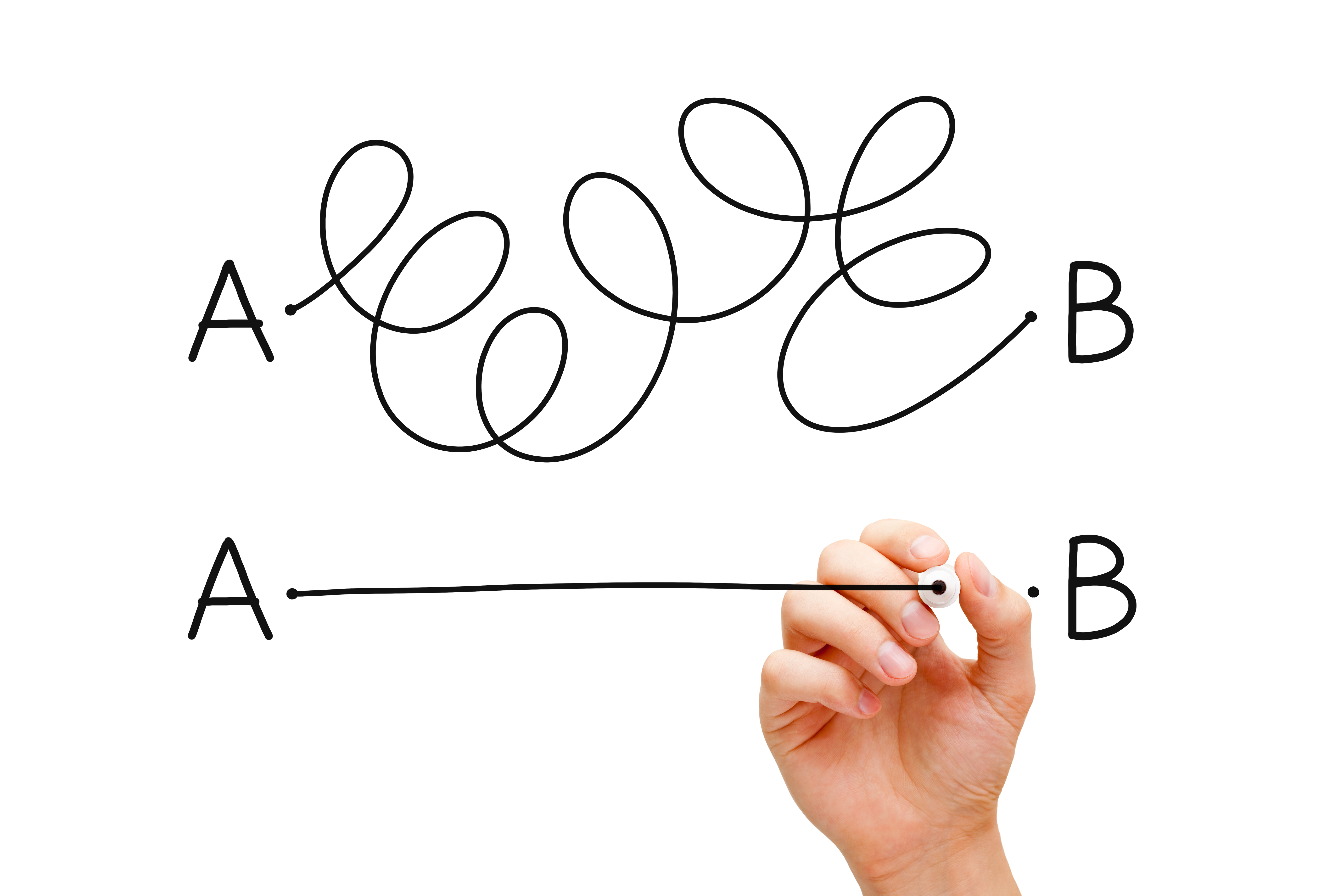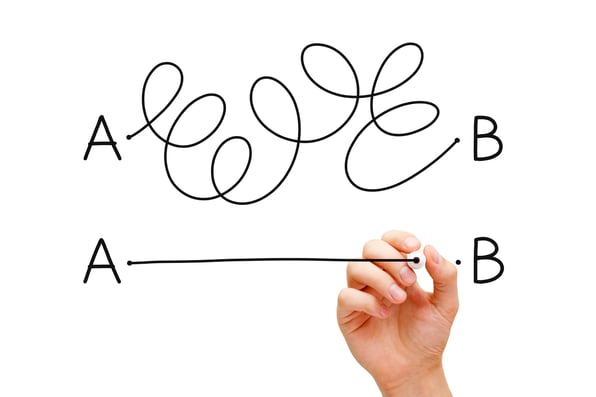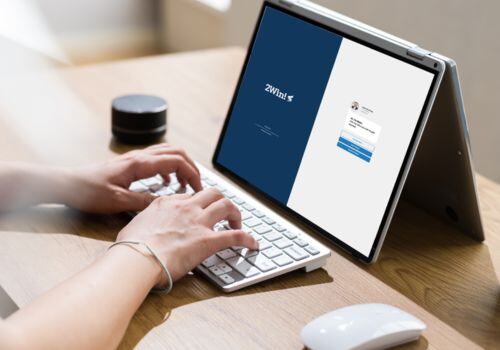There Just Isn’t Time to Prepare for a Demo
Our Survey Said:


Today’s B2B buying and selling game is unwilling to slow down to accommodate the “crawl” that is necessary to accomplish a bottom up/directed opportunity using the traditional method. In adhering to a Rule of 24 Bottom Up/Directed opportunity approach, operations are streamlined and purposeful. Gone are the days of phone tag and waiting to hear if the potential client has heard from the person in authority who has permission to process orders, or if the sales team will need to wait for that approval. Also gone are the follow up meetings after follow up meetings that might take months to manage and schedule. By following a less traditional, and more advanced Rule of 24 Bottom Up/Directed Opportunity, what might’ve taken months can be accomplished in a matter of days, or even mere minutes.
The sales game has changed, and buyers enter the proverbial arena already equipped in ways that seemingly negate the need for those meetings that served as introduction to product and process. Empowered and fueled by FANG (Facebook, Amazon, Netflix, Google), buyers conduct vast and extensive research before ever making that first contact with potential sellers. They know what you have to offer before ever reaching out to your company, so it is imperative that your team is equipped to handle this ever-evolving (and certainly more knowledgeable) potential client.
The following steps are an example of how a Rule of 24 Ready organization could address a Bottom Up/Directed Opportunity. This approach will put you in a position to best utilize your time and set you up for success as you meet the client where they are:
One: Address your stakeholder directly with personal video in order to provide context to other videos and in response to the inquiry. You might even consider targeting the stakeholder’s staff members and executives separately, addressing how it will benefit them or their group individually.
Two: Pinpoint the customer’s primary interest by utilizing a B2B Video Selling Solution that allows you to track time spent with these videos, as well as whether or not these are being consumed and shared. This will allow you to zero in on what is really of interest and what is being skipped over. Understanding the viewing history of a potential client will help you to gauge the buyer’s interest and focus on the deeper-dive demo that should be scheduled (usually online) based on the feedback.
Three: After this initial virtual contact, your stakeholders will normally return with a list of questions they’d like you to address. It is the job of your sales team to have a structured approach regarding how these will be covered. Pay particular attention to areas that are competitive differentiators or unique qualities that your product possesses. During this call, your buyer is in control, so make sure that your team crafts a balance allowing them to address the items they’d like to cover, all while properly answering buyer questions.
Four: After the online demo, a final follow up meeting should be scheduled to address any further requirements or questions the prospect might have. Create a working list of those items and, rather than attempting to coordinate people all over the country, consider creating a personal, custom video that addresses each item on the list. Send this video to each of the buyer stakeholders, allowing the demo video automation platform to return real-time analytics about viewing behaviors.
Five: At this point, buyer stakeholders are in a position to make a final recommendation. A Rule of 24 team takes no chances, and will create a personal video for the executive that clearly summarizes the value proposition, as well as how this product, service, or solution will benefit the business. Doing so ensures that “wrap-up” isn’t solely in the hands of the stakeholder, but rather remains in your court.

Product experience automations can be a magic missing piece and most potent asset in your sales organization. Enterprise product experience platforms...